Field Hockey Canada has identified the following six skills as the “Core 6” skills in the development of a field hockey player from Learning to Train through to the Training to Win stage of the Long Term Athlete Development model (LTAD). Coaches focusing on these six core abilities will train their athletes in the key fundamental needs of the game.
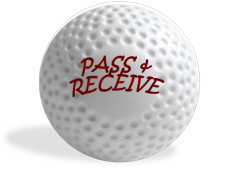 Pass & Receive on the Move
Pass & Receive on the Move
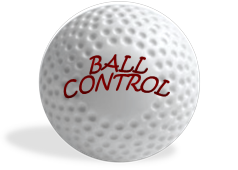 Ball Control
Ball Control
The focus is on individual possession and elimination skills. Ball possession is a key skill and the athlete must feel confident to hold the ball and keep possession when under pressure before creating an outlet pass. Athletes must also be trained to eliminate a defender in a 1vs 1 scenario to attack and create scoring opportunities.
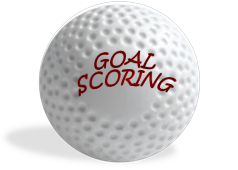
Goal scoring
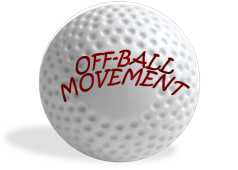 Off-Ball Movement
Off-Ball Movement
This is a significant skill for field hockey players. Athletes must learn to move into position to create support for the ball carrier, create passing lanes & to provide width & depth in the field of play. This can be difficult concept for young athletes who want to move toward the ball no matter what the circumstance. An offensive player moving without the ball creates time, space and options for their teammate in possession
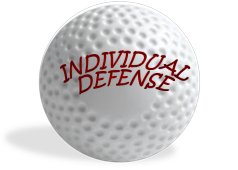 Individual defense
Individual defense
Players must be able to channel an attacker player away from dangerous areas of the field. They must also be able to intercept passes and dispossess attacking players of the ball. Individual defense requires good footwork and decision-making.
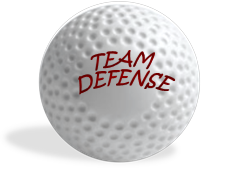 Team defense
Team defense
For a team to be successful in preventing their opponents from scoring they must work as unit to defend. Players must understand when situations will allow for double-teaming on the ball to create turnovers. Athletes will need to learn to play man-to-man marking and zone coverage when defending.
This online resource center will help you to train these core skills progressively across each of the stages of the LTAD model. Drills in the resource center are focused on the training of these skills across each of the stage and through the five periods of skill development.
SKILL DEVELOPMENT

|
1. Acquisition The early stage of learning where the athlete becomes capable of coordinating key components of movements and executing them in the correct order, thus performing a rough form of the skill. The movements are not well synchronized or under control, and they lack rhythm and flow. The execution is inconsistent and lacks precision. The athlete has to think about what he or she is doing while performing the skill. Both form and performance tend to deteriorate markedly when the athlete tried to execute movements quickly or is under pressure, as may be the case in a competitive situation. |
|
2. Consolidation The athlete can execute the movements or the skill with correct form. Movement control, synchronization, and rhythm are good when performing the skill under easy and stable conditions. The movements can be repeated consistently and with precision under these conditions. Some elements of performance can be maintained when the athlete is under pressure, conditions change, or demands increase, but performance remains inconsistent. The athlete begins to develop a more personal style. |
|
3. Refinement The athlete can execute the movements in a way that is very close to the ideal in terms of form and speed. The performance is very consistent and precision is high, even under very demanding conditions and in situations that are both complex and varied. Only minor fine-tuning may be necessary to achieve optimal execution, and a fairly personal style is established. All components of the movement have been automated, which enables the athlete to focus on the environment while performing and to make rapid adjustments as necessary. The athlete can reflect critically on his or her performance to make corrections. |
|
4. Perfection This stage is achieved only by the best athletes. The movements can be performed according to the ideal, and the athlete has developed a personal style that is efficient. Personal interpretation of movements or personal movements can be combined into unique patterns in response to specific competitive situations. |
|
5.Maintenance The athlete has reached a plateau of a specific skill after any one of the previous four periods. Athletes are able to preserve consistency in the execution of the skill on an ongoing basis. |


